Architecture and urbanism constantly evolve, with innovative ideas and creative solutions shaping our cities and landscapes. As we move into the latter half of 2023, the global architecture agenda is teeming with exciting events that promise to redefine architectural design and urban planning boundaries. From South Korea to the United Arab Emirates, these upcoming months are brimming with opportunities for architects, designers, and enthusiasts to engage with groundbreaking ideas and projects. In this article, we’ll explore some key international events on the architecture calendar for the rest of the year.
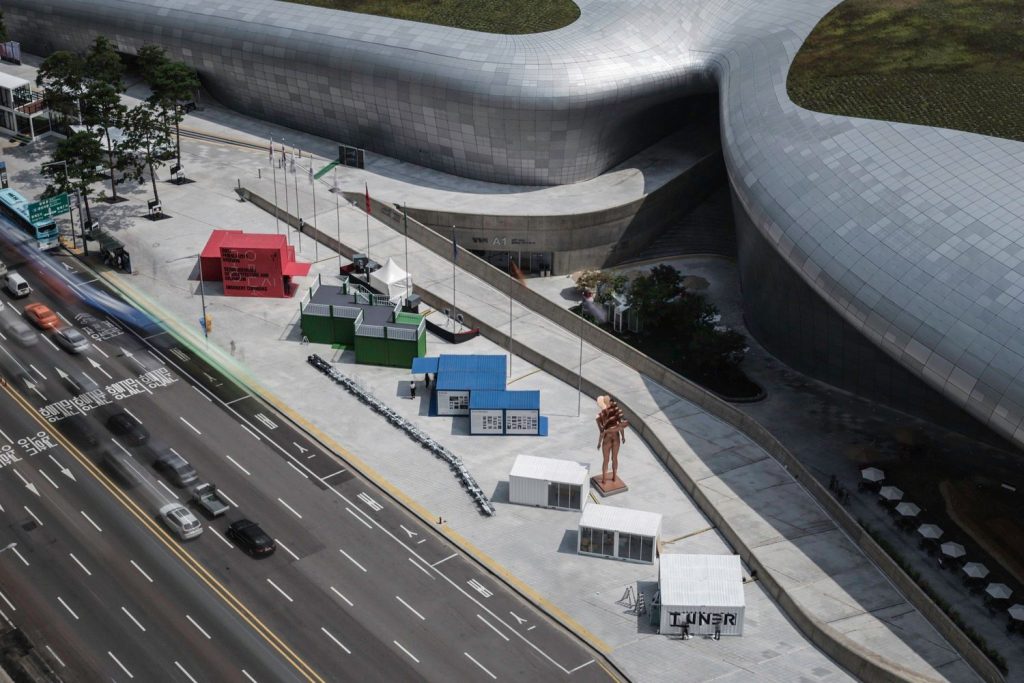
© Dominique Perrault SUBLABEPFL x EWHA
- Seoul Biennial of Architecture and Urbanism (SBAU 2023)
Dates: September 01 – October 29 Location: Seoul, South Korea
The 4th Seoul Biennale of Architecture and Urbanism is a highly anticipated event that seeks to formulate a roadmap for a romantic and eco-friendly city. With a focus on competition and innovation, this biennial aims to establish a solid foundation for Seoul’s urban plan for the next century. Architects and urban planners worldwide are invited to participate in this visionary event.
- TAC! Festival de Arquitectura Urbana 2023
Dates: September 14 – October 16. Location: Valencia, Spain
Valencia plays host to the second edition of the TAC! Festival de Arquitectura Urbana in 2023. This festival encourages reflection on the role of architecture in addressing climate challenges, especially in the era of global warming. TAC! Brings together creativity and public spaces, providing a platform for architects to tackle pressing environmental issues.
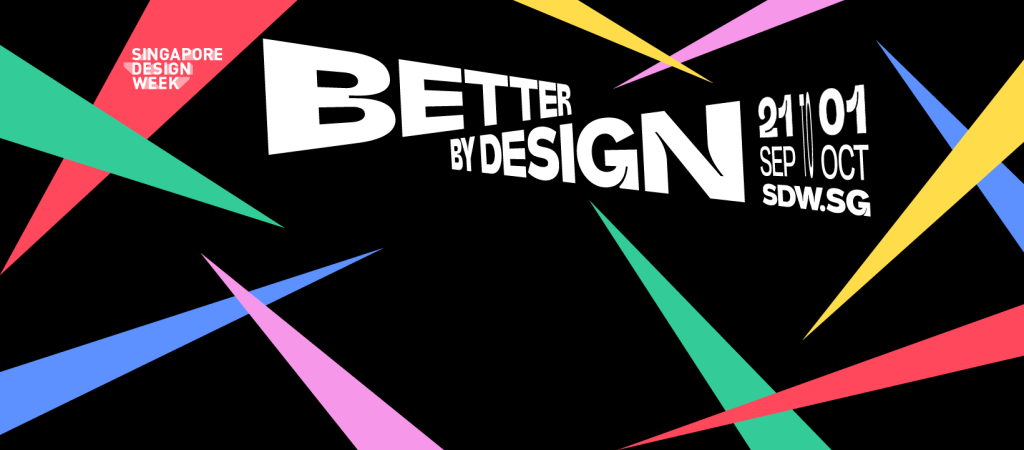
singapore design week
Perhaps his most famous principle, “Less is more,” summarizes Mies’ approach to design: stripping away the unnecessary to reveal the essential. His buildings are characterized by clean lines, open floor plans, and an absence of ornamentation. This philosophy encourages architects to prioritize spatial clarity and material integrity, resulting in modern and enduring structures.
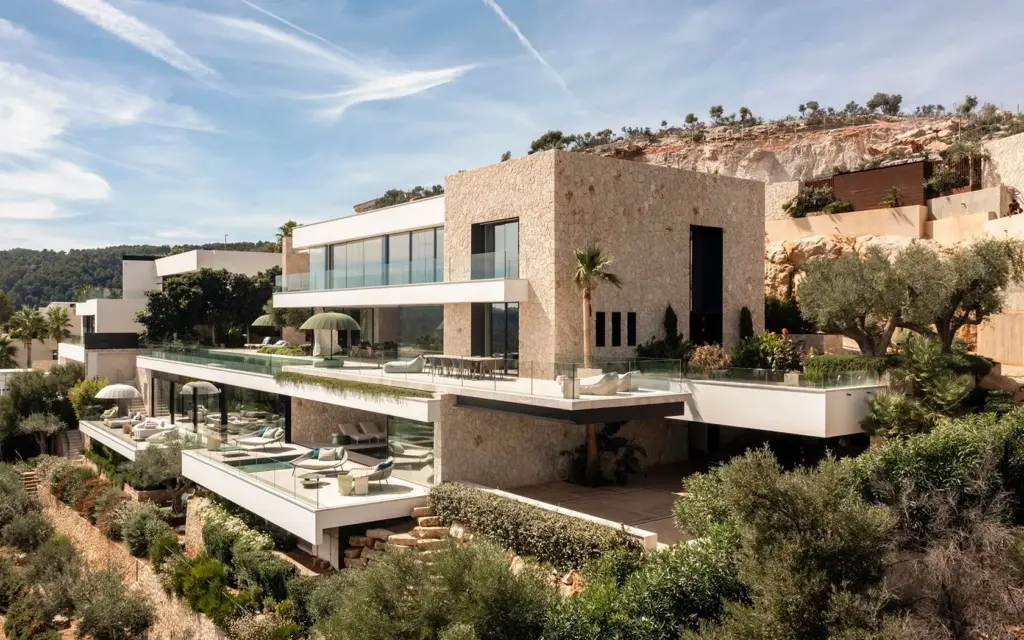
© Tomeu Canyellas
1. Heydar Aliyev Center – Zaha Hadid
1. Heydar Aliyev Center – Zaha Hadid
- Singapore Design Week (SDW 2023)
Dates: September 21 – October 01 Location: Singapore City, Singapore
As one of Asia’s premier design festivals, Singapore Design Week explores design through three pillars: Design Futures, Design Marketplace, and Design Impact. Design Futures focuses on forward-looking innovation, offering a glimpse into Singapore’s vision for a better world through design.

bienal de arquitectura latinoamericana
- Design Week Mexico
Dates: September 22 – 25. Location: Mexico City, Mexico
Design Week Mexico returns to the vibrant capital city for its 15th edition. This festival celebrates the diverse design world, featuring exhibitions, tours, and workshops. While specific dates for 2023 are yet to be announced, this event promises to be a highlight for design enthusiasts in Mexico.
- Bienal de Arquitectura Latinoamericana (BAL 2023)
Dates: September 26 – 29. Location: Pamplona, Spain
The Bienal de Arquitectura Latinoamericana 2023 takes place in Pamplona, with Ecuador as the guest country. The event features presentations by selected teams, master lectures, and roundtable discussions. It provides a unique opportunity to engage with Latin American architectural perspectives.
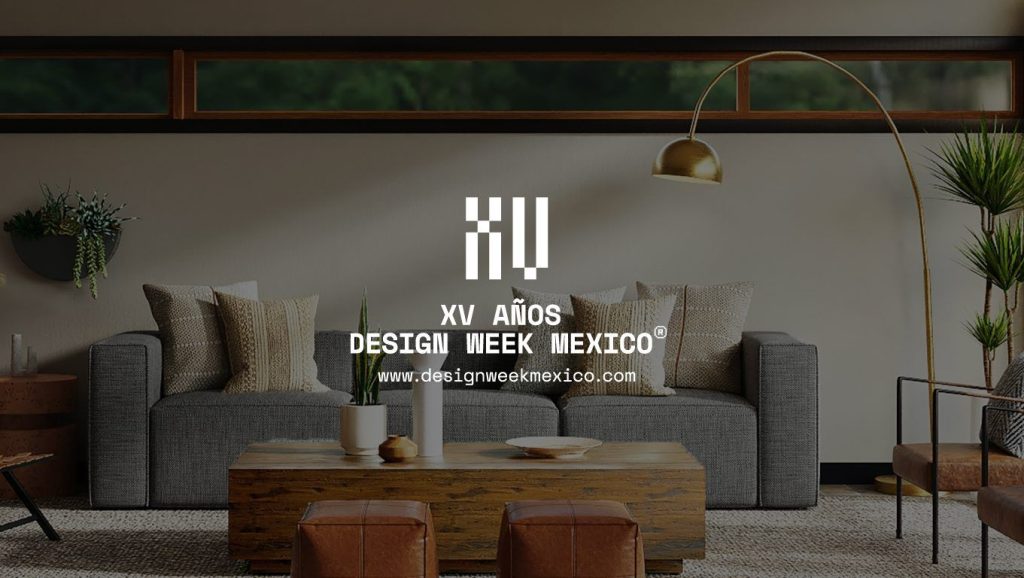
design week mexico
- 2023 Summer School – Emergency Deployable Shelter
Date: September 28 Location: Miami, South Florida
This Summer Design Project Competition in Miami aims to propose models for communities to provide emergency deployable shelters (EDS) to needy residents. It bridges the gap between traumatic circumstances and transformative solutions in urban planning and disaster relief.

generation proxima
- Generation Proxima – Emerging Environmental Practices in Portuguese Architecture
Starting from: October 02
This exhibition offers an environmentally oriented overview of emerging architectural practices in Portugal. It highlights firms that address environmental challenges while emphasizing community engagement and sustainability.
- Dubai Design Week
Dates: November 08 – 11 Location: Dubai, UAE
Dubai Design Week is a dynamic event that celebrates design and innovation. It brings together architects, designers, and creative minds from around the world to showcase their work and engage in discussions about the future of design.
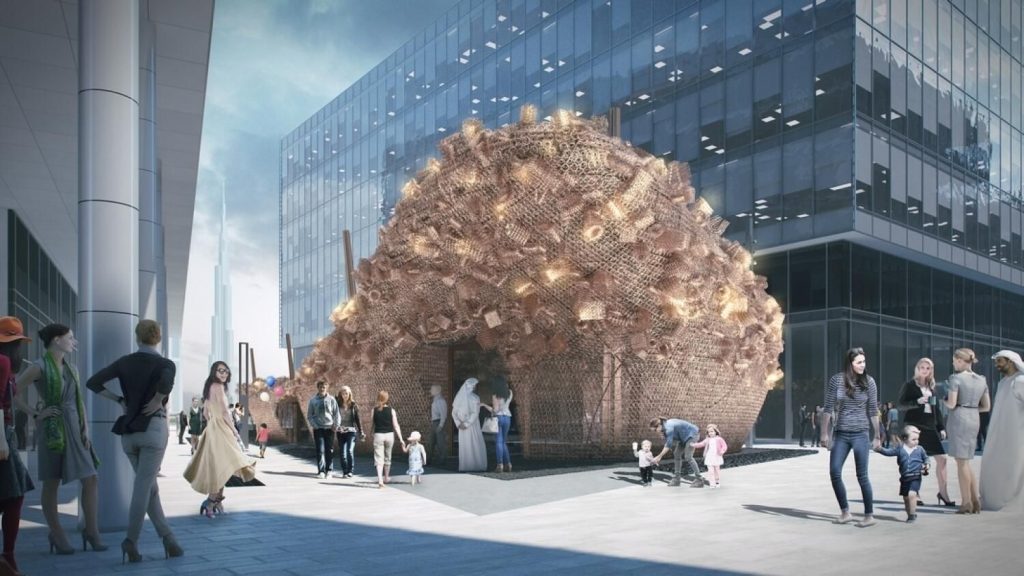
dubai design week
The international architecture agenda for the remainder of 2023 is packed with exciting events and exhibitions that will shape the future of architecture and urbanism. From addressing climate challenges to exploring innovative design concepts, these gatherings provide a platform for architects and designers to collaborate, learn, and inspire. Whether you’re an architect, urban planner, or simply passionate about design, these events offer a unique opportunity to engage with the latest architectural trends and ideas. Be sure to mark your calendars and stay tuned for these upcoming architectural highlights!
